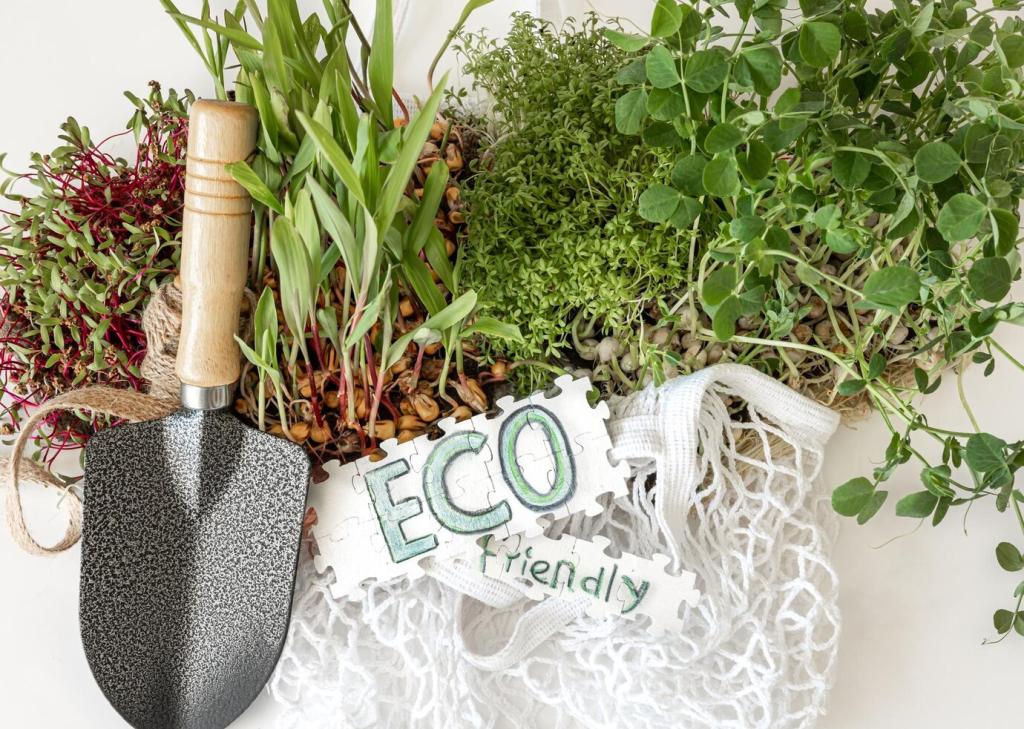Avoid Greenwashing with Proof and Clarity
Prefer peer-reviewed studies, government datasets, and lifecycle assessments. Translate key figures into reader-friendly comparisons, then link to the primary source. One nonprofit boosted sign-ups when a vague “low impact” became “cuts packaging waste by 62%,” complete with a short methodology note for transparency.
Avoid Greenwashing with Proof and Clarity
Honesty sustains engagement. If a product reduces water use but increases shipping emissions, say so and explain ongoing improvements. Readers reward candid nuance with loyalty. An outdoor brand’s blog saw longer time-on-page after adding clear trade-off callouts and inviting feedback on future testing priorities.



